
ppl_04_e2
.pdf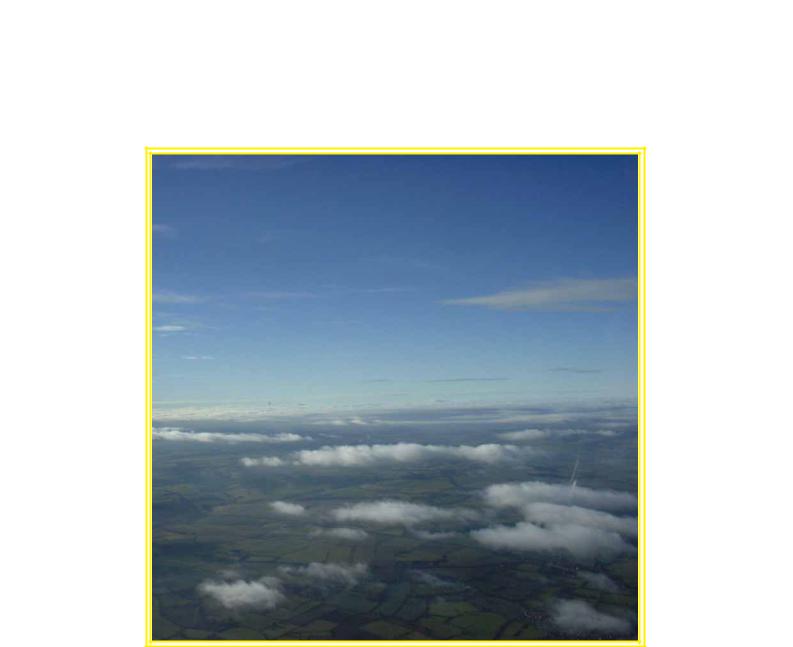
Customer: Oleg Ostapenko E-mail: ostapenko2002@yahoo.com
CHAPTER 22
THE AIRMET
277
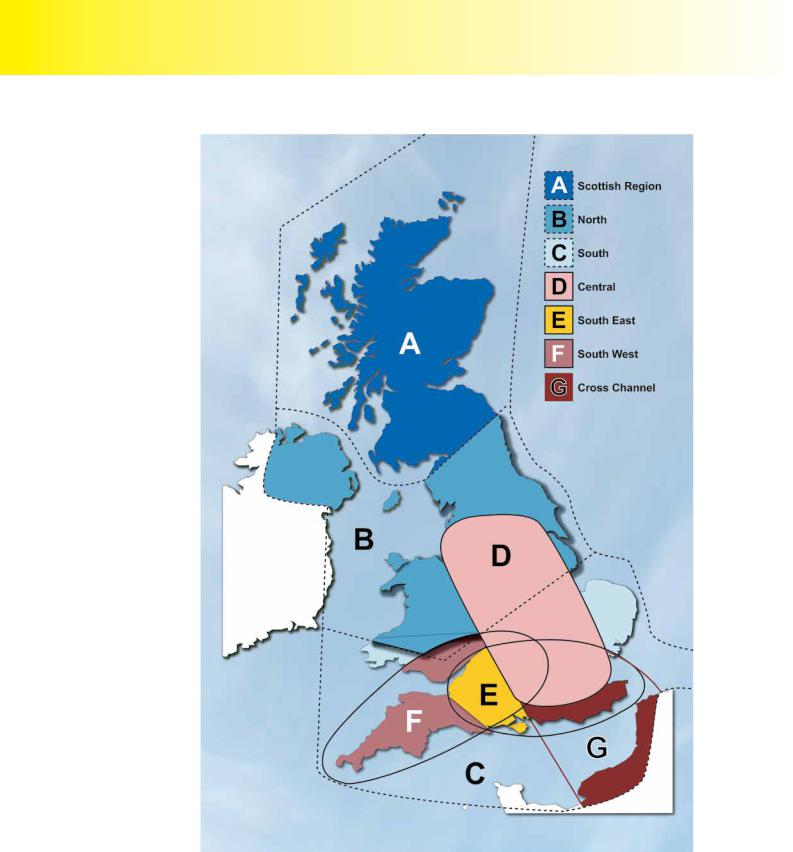
Order: 6026
Customer: Oleg Ostapenko E-mail: ostapenko2002@yahoo.com
Customer: Oleg Ostapenko E-mail: ostapenko2002@yahoo.com
C H A P T ER 2 2 : T H E A IR M ET
Figure 22.1 AIRMETs are forecasts of the weather up to FL100, using abbreviated plain language.
278

ID: 3658
Customer: Oleg Ostapenko E-mail: ostapenko2002@yahoo.com Customer: Oleg Ostapenko E-mail: ostapenko2002@yahoo.com
C H A P T ER 2 2 : T H
INTRODUCTION.
AIRMET stands for Airmen’s Meteorological Information. An AIRMET is a descriptive aviation forecast covering different regions, and which is updated several times a day.
The AIRMET is a forecast designed for aircraft which normally operate up to Flight Level 100. The forecast uses abbreviated plain language, and is issued either in spoken or text form.
Together with other reports and forecasts such as METARs, TAFs, Spot Wind
Charts and Low Level Forecast Charts, the AIRMET forms part of the self-briefing documentation which is generally available to the light aircraft pilot.
AIRMETs normally report or forecast meteorological conditions which, while potentially hazardous to general aviation aircraft, are less severe than weather phenomena covered in a SIGMET. AIRMETs often include moderate turbulence, icing and surface winds in excess of 10 knots.
There is an AIRMET telephone service for use by pilots who do not have access to meteorological information disseminated by fax. AIRMETs are also disseminated in text form by teleprinter to aerodrome briefing rooms. AIRMETs for the UK can be obtained, free of charge, from the Met Office website: www.metoffice.gov.uk.
In the United Kingdom, AIRMETs are produced for the geographical areas shown in
Figure 22.1.
The regional AIRMETs, for Scotland, Northern England & Northern Ireland, and Southern England & Wales, are produced four times a day. The sub-regional AIRMETs, for Central, South East, and South Western areas, are produced three times a day, while the cross channel AIRMET is produced just twice a day.
The
AIRMET is a descriptive
forecast of
the meteorological situation up to FL100, issued for different areas.
279
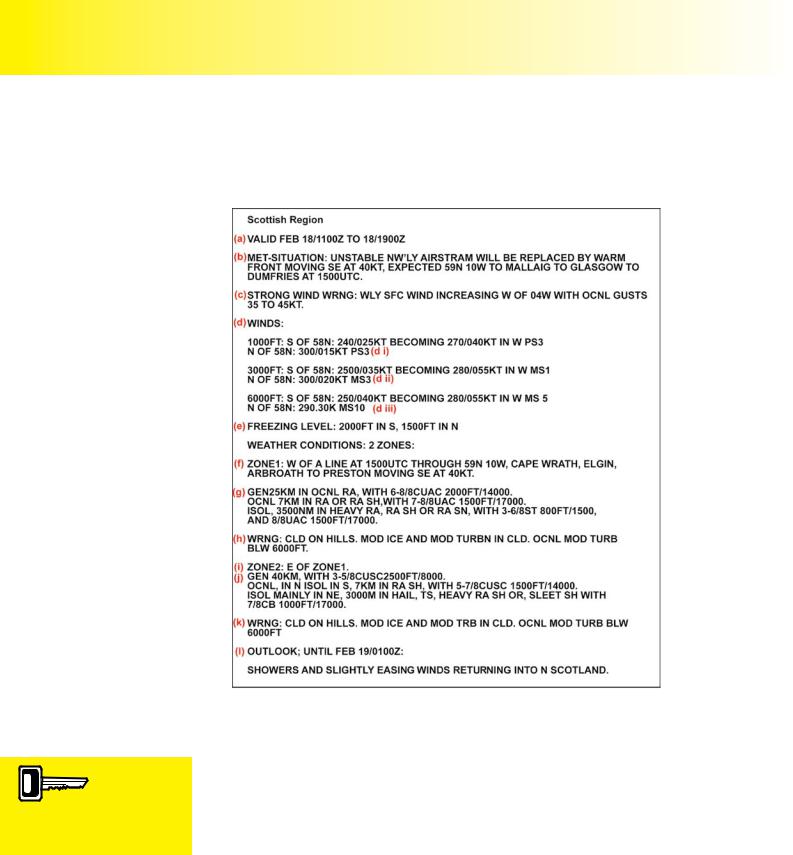
Order: 6026
Customer: Oleg Ostapenko E-mail: ostapenko2002@yahoo.com
Customer: Oleg Ostapenko E-mail: ostapenko2002@yahoo.com
C H A P T ER 2 2 : T H E A IR M ET
STRUCTURE OF THE AIRMET.
This example in Figure 22.2 is from a Scottish-region AIRMET. The first line of the
AIRMET gives the period of validity of the AIRMET, (a).
The AIRMET will contain a
strong wind warning if
there is a likelihood of the wind exceeding 20 knots.
Figure 22.2 This AIRMET is for the Scottish Region.
Next, at (b), comes a description of the meteorological situation. Mention is usually made of any fronts and their forecast movement, together with any significant air mass changes.
Following the general situation, come details of any strong winds which are expected; these are included when the wind is expected to exceed 20 knots. In Figure 22.2, at (c), the AIRMET refers to a westerly surface wind of 20 knots or more, West of 4 degrees West, with occasional gusts of 35 to 45 knots.
Below the strong wind warning is the general wind forecast, (d), for the AIRMET region, given for different levels above mean sea-level. At the end of each wind description is a forecast of the temperature which can be expected at that flight level. PS (meaning plus) denotes temperature above zero degrees Celsius, while MS (meaning minus) denotes temperature below zero degrees Celsius.
Following the wind details, is a forecast of the freezing level, (e). Sometimes this varies in altitude across the AIRMET region, and sometimes with time. Any changes are highlighted by brief descriptive text.
280

ID: 3658
Customer: Oleg Ostapenko E-mail: ostapenko2002@yahoo.com Customer: Oleg Ostapenko E-mail: ostapenko2002@yahoo.com
C H A P T ER 2 2 : T H
Next comes a description, (f) and (i), of the weather conditions forecast for the AIRMET region. The AIRMET region is often broken down into distinct zones; in Figure 22.2 there are two zones. The boundaries of these zones are highlighted by explanatory text, at (f) and (i).
Within each zone, is a description of the different weather elements. These weather elements include forecasts of visibility, weather, and cloud. The different weather elements are written in the same order as they appear on the UK Low-Level Forecast Chart - Form 215.
The description of the weather in each zone is accompanied by a mention of any warnings which are applicable to the zone, (h) and (k). These warnings often cover aviation hazards such as cloud on hills, moderate or severe icing, turbulence, subzero layers and mountain wave activity.
At the end of the AIRMET appears the outlook for the next six hours.
AIRMETS ORIGINATING OUTSIDE THE UNITED KINGDOM.
The format of the AIRMET shown in this chapter is that of a United Kingdom AIRMET.
AIRMET formatting varies considerably from country to country. Therefore, when flying outside United Kingdom airspace, you are advised to familiarise yourself with the different AIRMET formats of the countries you plan to fly through.
CONCLUSION.
The AIRMET is an excellent briefing tool. The concise, abbreviated text makes it a simple but effective means of rapidly determining the general forecast conditions. Be aware, though, that the AIRMET is a general forecast only, useful for en-route planning, and for appreciating the general weather outlook. For detailed forecasts for particular airfields, you should consult TAFs and METARs.
281

Order: 6026
Customer: Oleg Ostapenko E-mail: ostapenko2002@yahoo.com
Customer: Oleg Ostapenko E-mail: ostapenko2002@yahoo.com
C H A P T ER 2 2 : T H E A IR M ET Q U ES T IO NS
R e p r e s e n t a t i v e P P L k n o w l e d g e o f T h e A IR
- t y p e q u e s t i o M ET .
1.An AIRMET service:
a.can only be obtained in textual form by fax
b.can be obtained by telephone, telex or fax
c.is a discrete telephone service for the sole use of private pilots from small aerodromes or private strips who do not have access to forecast charts
d.aims to provide private pilots with simple meteorological forecast information in a graphical format
2.A Regional AIRMET is issued ________ and is valid for ________ with an outlook period of _______ .
a.6 times a day, 8 hours, 4 hours
b.4 times a day, 6 hours, 4 hours
c.4 times a day, 8 hours, 6 hours
d.6 times a day, 4 hours, 4 hours
3.A regional AIRMET is a forecast of the weather up to:
a.FL100
b.FL180
c.FL010
d.FL240
4.In an AIRMET, when are strong winds forecast?
a.When the wind is expected to exceed 10 kts
b.When the wind is expected to exceed 20 kts
c.When the wind is expected to exceed 15 kts
d.When the maximum wind is expected to exceed 25 kts
5.The usual method of weather briefing for general aviation pilots is:
a.an individual briefing by a forecaster face to face or by phone
b.individual briefing by a forecaster to assistant staff at weather centres and aerodromes for dissemination to individual pilots, and available every 30 minutes
c.self briefing using facilities, information and documentation routinely available in aerodrome briefing areas, by telephone, or via the internet
d.during flight by use of VOLMET and ATIS
Question |
1 |
2 |
3 |
4 |
5 |
|
|
|
|
|
|
Answer |
|
|
|
|
|
T h e a n s w e r s t o t h e s e q u e s t i o n s c a n b e
282
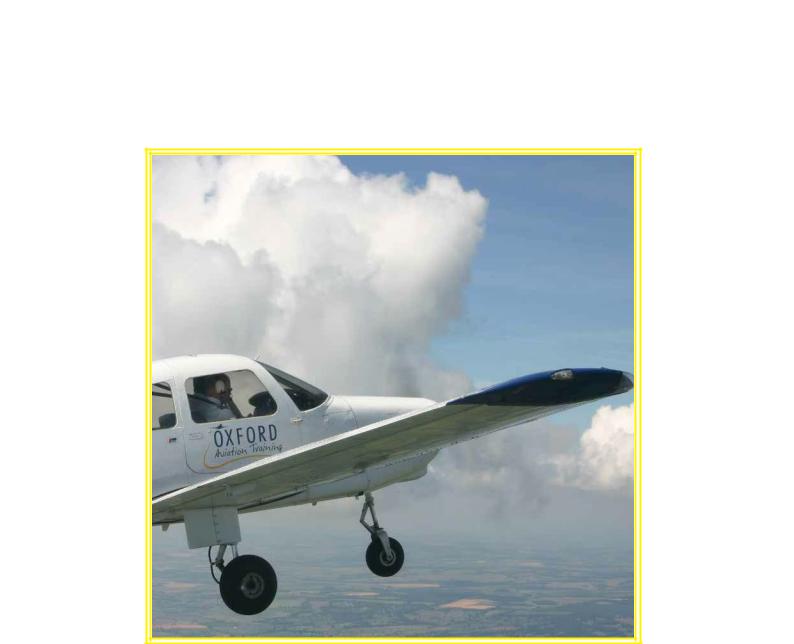
Customer: Oleg Ostapenko E-mail: ostapenko2002@yahoo.com
CHAPTER 23 THE VOLMET
283

Order: 6026
Customer: Oleg Ostapenko E-mail: ostapenko2002@yahoo.com
Customer: Oleg Ostapenko E-mail: ostapenko2002@yahoo.com
C H A P T ER 2 3 : T H E V O L M ET
284
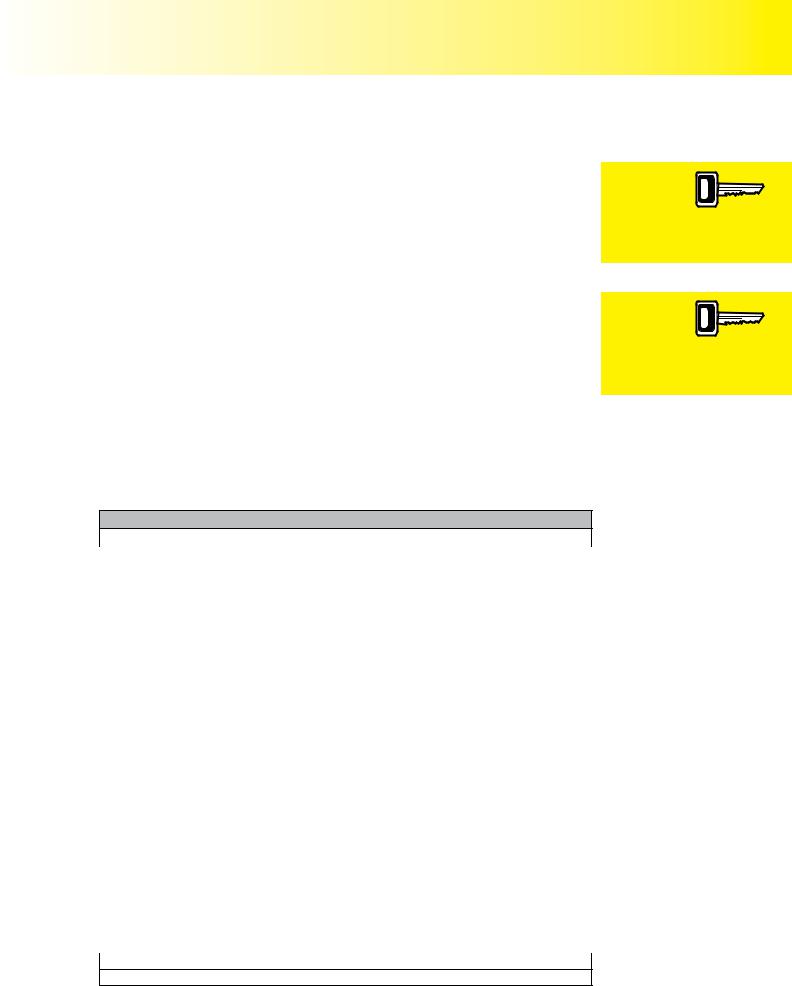
ID: 3658
Customer: Oleg Ostapenko E-mail: ostapenko2002@yahoo.com Customer: Oleg Ostapenko E-mail: ostapenko2002@yahoo.com
C H A P T ER 2 3 : T H E
INTRODUCTION.
The weather-briefing material and services that you have read about in this book, so far, enable a pilot to obtain information on forecast or actual weather conditions, prior to getting airborne, during flight planning. However, pilots are also able to obtain weather information when they are in the air, by tuning into appropriate frequencies on the aircraft’s radio.
One of these in-flight weather briefing services is the VOLMET. The first element of the code VOLMET, vol, is the French word for flight. VOLMET, therefore, is a term signifying meteorological information for aircraft in flight.
VOLMET broadcasts are ground-to-air radio transmissions of meteorological reports and forecasts made on the High Frequency (HF) and Very High Frequency (VHF) bands. These transmissions are broadcast in plain language, and give the latest weather reports and forecasts, in the form of spoken METARs, TAFs and SIGMETs. VOLMET broadcasts transmit weather information for a number of different aerodromes, sequentially. As a result, the pilot may have to wait for the forecast for the aerodrome pertinent to his flight to come around.
VOLMET OPERATION.
Figure 23.1 is an extract from the United KingdomAeronautical Information Publication (GEN Section), containing a list of VHF VOLMET services and their associated radio frequencies for the United Kingdom and the near continent.
GEN 3.5.7 - VOLMET SERVICES
Table 3.5.7.1 - Meteorological Radio Broadcasts (VOLMET)
Call Sign/ID |
EM |
Frequency MHz |
Operating Hours |
Stations |
|
Contents |
Remarks |
|
|
|
|
|
|
|
|
|
|
1 |
2 |
3 |
4 |
5 |
|
6 |
7 |
|
|
|
|
|
|
|
|
||
London Volmet |
A3E |
135.375 |
H24 |
Amsterdam |
(1) Half hourly reports |
The spoken word |
||
(Main) |
|
|
continuous |
Brussels |
(METAR) |
‘SNOCLO’ will be |
||
|
|
|
|
Dublin |
|
|
added to the end |
|
|
|
|
|
Glasgow |
(2) The elements of each |
of the aerodrome |
||
|
|
|
|
London Gatwick |
report broadcast in the |
report when that |
||
|
|
|
|
London Heathrow |
following order: |
aerodrome is |
||
|
|
|
|
London Stansted |
(a) Surface wind |
unusable for take- |
||
|
|
|
|
Manchester |
(b) Visibility (or CAVOK) |
offs and landings |
||
|
|
|
|
Paris Charles de |
(c) RVR if applicable |
due to heavy |
||
|
|
|
|
Gaulle |
(d) Weather |
snow on runways, |
||
|
|
|
|
|
(e) Cloud (or CAVOK) |
or runway snow |
||
London Volmet |
A3E |
128.600 |
H24 |
Birmingham |
||||
(f) |
Temperature |
clearance. |
||||||
(South) |
|
|
continuous |
Bournemouth |
||||
|
|
(g) Dewpoint |
|
|||||
|
|
|
|
Bristol |
|
|||
|
|
|
|
(h) QNH |
|
|||
|
|
|
|
Cardiff |
|
|||
|
|
|
|
(i) |
Recent Weather if |
|
||
|
|
|
|
Jersey |
|
|||
|
|
|
|
|
applicable |
|
||
|
|
|
|
London Luton |
|
|
||
|
|
|
|
(j) |
Windshear if |
|
||
|
|
|
|
Norwich |
|
|||
|
|
|
|
|
applicable |
|
||
|
|
|
|
Southampton |
|
|
||
|
|
|
|
(k) TREND if applicable |
|
|||
|
|
|
|
Southend |
|
|||
|
|
|
|
(l) Runway |
|
|||
London Volmet |
A3E |
126.600 |
H24 |
Blackpool |
|
Contamination |
|
|
|
Warning if applicable |
|
||||||
(North) |
|
|
continuous |
East Midlands |
|
|
||
|
|
|
|
|
||||
(Note 1) |
|
|
|
Isle of Man |
(3) Non-essential words |
|
||
|
|
|
|
Leeds Bradford |
|
|||
|
|
|
|
such as ‘surface wind’, |
|
|||
|
|
|
|
Liverpool |
|
|||
|
|
|
|
‘visibility’ etc are not |
|
|||
|
|
|
|
London Gatwick |
|
|||
|
|
|
|
spoken. |
|
|||
|
|
|
|
Manchester |
|
|||
|
|
|
|
|
|
|
||
|
|
|
|
Newcastle |
(4) Except for ‘SNOCLO’ |
|
||
|
|
|
|
Teesside |
|
|||
|
|
|
|
(see Column 7), the |
|
|||
|
|
|
|
|
|
|||
Scottish |
A3E |
125.725 |
H24 |
Aberdeen/Dyce |
Runway State Group is |
|
||
Volmet |
|
|
continuous |
Belfast Aldegrove |
not broadcast. |
|
||
|
|
|
|
Edinburgh |
(5) All broadcasts are in |
|
||
|
|
|
|
Glasgow |
|
|||
|
|
|
|
Inverness |
English. |
|
||
|
|
|
|
London Heathrow |
|
|
|
|
|
|
|
|
Prestwick |
|
|
|
|
|
|
|
|
Stornoway |
|
|
|
|
|
|
|
|
|
|
|
|
|
Note 1: Broadcasting Range extended to cover Southeast England and English Channel
Note 2: An HF VOLMET broadcast for North Atlantic flights (Shannon VOLMET) is operated by the Republic of Ireland
Figure 23.1 VOLMET information for the United Kingdom and near continent.
VOLMET is
a continuous broadcast
of selected
aerodrome actual weather observations and forecasts.
VOLMET
broadcasts are ground
to air
transmissions on VHF and HF frequencies.
285

Order: 6026
Customer: Oleg Ostapenko E-mail: ostapenko2002@yahoo.com
Customer: Oleg Ostapenko E-mail: ostapenko2002@yahoo.com
C H A P T ER 2 3 : T H E V O L M ET
Individual VOLMET stations, in each region, broadcast weather reports and forecasts for a group of major aerodromes in their region of responsibility.
From Figure 23.1, you can see that there are four UK VOLMET stations: LONDON VOLMET MAIN, LONDON VOLMET NORTH, LONDON VOLMET SOUTH and the SCOTTISH VOLMET. Next to each of these stations, is the frequency on which the VOLMET transmission is broadcast, the operating hours, and the list of aerodromes covered by the broadcast. The LONDON VOLMET MAIN broadcast, for example, is transmitted on the VHF frequency of 135.375 MHz, continuously, over a 24 hour period.
The content of each VOLMET broadcast is a set of pre-recorded weather elements.
VOLMET broadcasts are updated every half hour.
You will also see from Figure 23.1 that the LONDON VOLMET MAIN broadcast contains weather information for aerodromes in France and the Republic of Ireland, as well as in the United Kingdom. The LONDON VOLMET SOUTH broadcast contains weather information for major airfields between Birmingham, in the Midlands, and the island of Jersey, in the English Channel.
Column 6 of Figure 23.1 details the specific weather elements which are included in the VOLMET broadcasts. You will notice that the broadcast content has the same format as that of a METAR; however, in Figure 23.2 which contains examples of actual VOLMET broadcasts, you will notice that TAF-terminology (BECMG, TEMPO) is also used, giving the broadcast a forecast element, too.
LONDON VOLMET MAIN.
Figure 23.2 shows sample LONDON VOLMET MAIN broadcasts. Six of the major aerodromes from the broadcast are included, with associated weather information.
286
